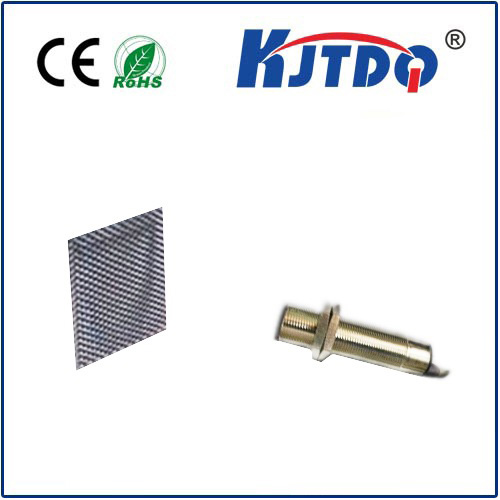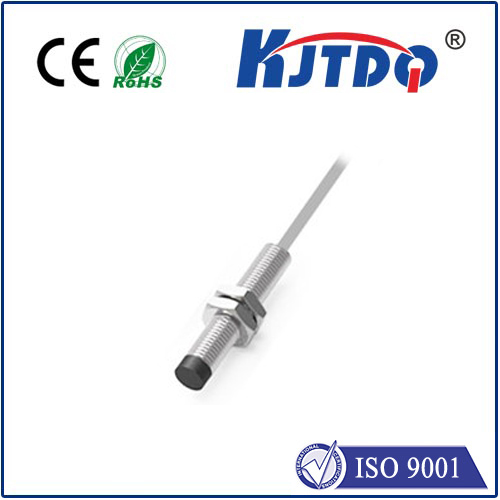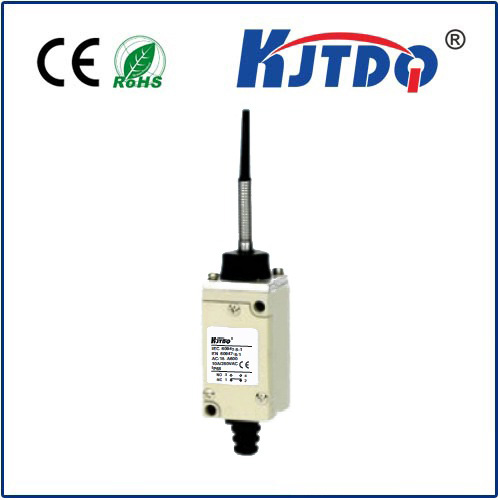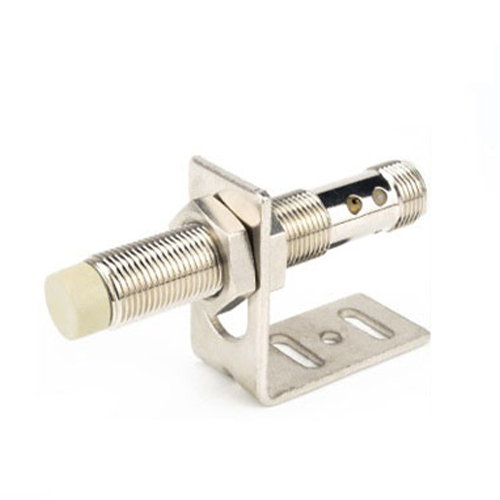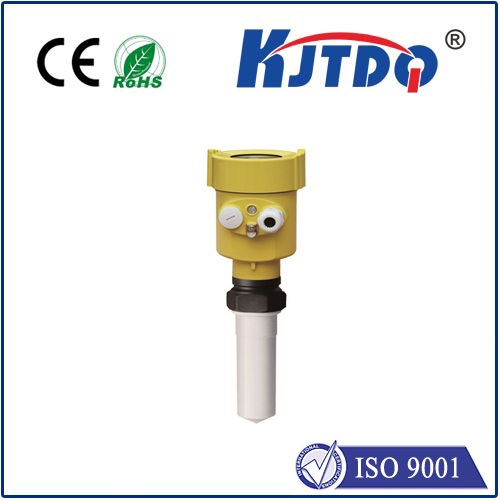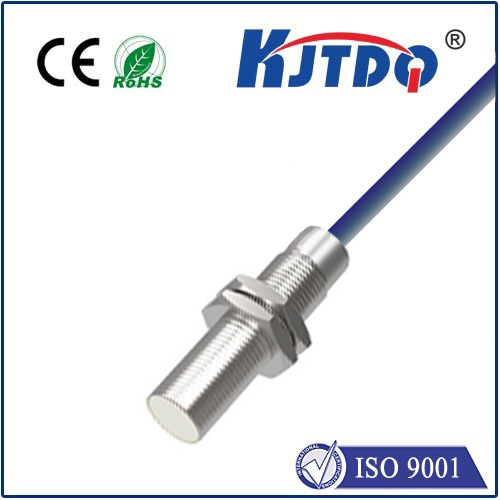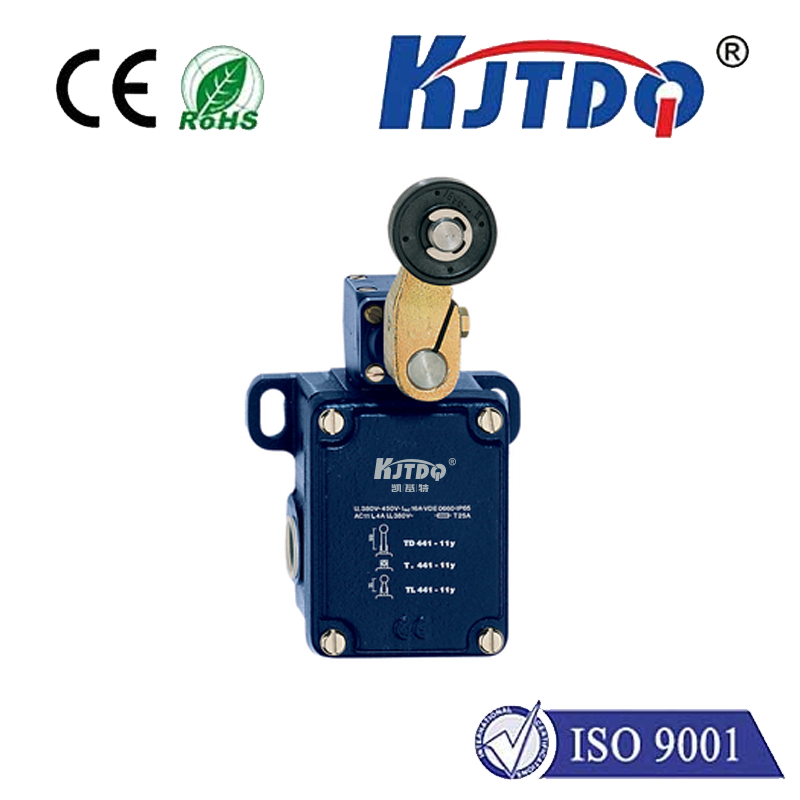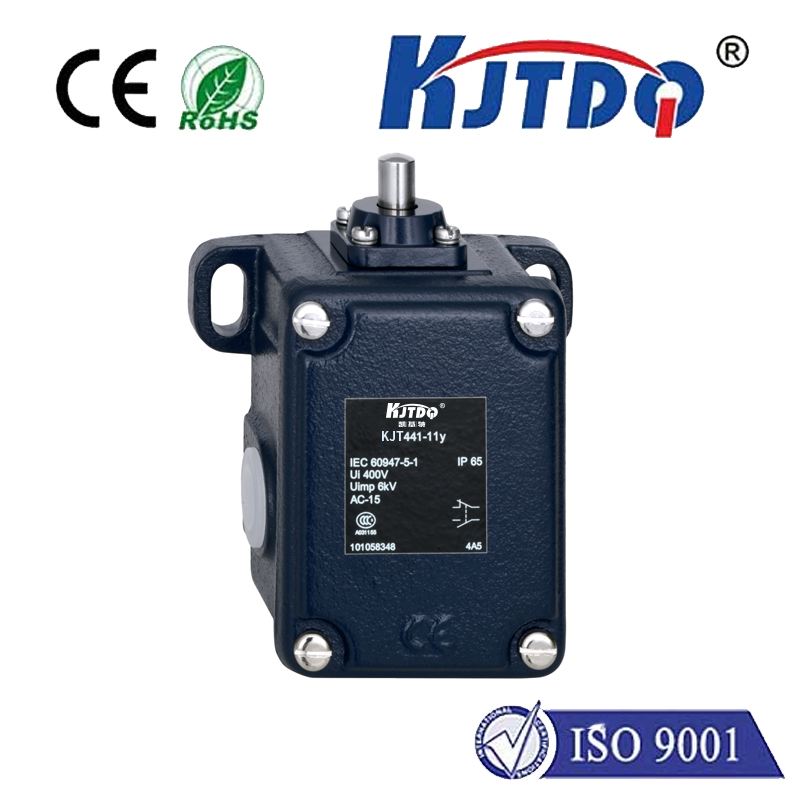Remember that sickening crunch? That moment of panic when reversing a little too confidently, only to connect with an unseen obstacle? Or the heart-stopping near miss when changing lanes, oblivious to a car lurking in your blind spot? These are the driving nightmares auto proximity sensors are designed to eradicate. Far from being mere parking aids, these sophisticated electronic sentinels have become integral components of vehicle safety and convenience systems, fundamentally changing how we interact with our cars and the environment around them.
So, what exactly are auto proximity sensors? At their core, they are devices mounted strategically on a vehicle’s exterior (bumpers, corners, sides) that detect the presence, distance, and sometimes even the speed of nearby objects. They continuously scan the surrounding environment, feeding critical real-time data to the car’s computer systems. This information is then translated into warnings for the driver, ranging from simple audible beeps to visual displays and even steering wheel vibrations. In more advanced systems, proximity sensors provide the foundational data for automated safety interventions like emergency braking or corrective steering inputs.
How Do These Clever Devices Actually Work?
The magic happens through different sensing technologies, each with its own strengths and ideal applications:
Ultrasonic Sensors: These are the most common for parking assistance systems. They emit high-frequency sound waves (inaudible to humans) and listen for the echo bouncing back from an object. The time it takes for the echo to return is used to calculate the distance. You’ll typically find these in bumpers – that rhythmic beep-beep-beep getting faster as you near a wall is ultrasonic sensors in action. They are excellent for short-range, low-speed detection and are relatively inexpensive.

Radar Sensors: Using radio waves, radar sensors excel at longer-range detection and can measure the speed of approaching objects. This makes them crucial for functions like Adaptive Cruise Control (ACC) (maintaining a set distance from the car ahead) and Blind Spot Monitoring (BSM). They perform well in various weather conditions like rain or fog, unlike optical systems. You’ll find them integrated into front grilles, rear bumpers, and sometimes behind plastic panels on the sides.
Camera-Based Systems: While not strictly ‘proximity sensors’ in the same way, cameras (often stereo cameras mounted near the rear-view mirror) are frequently used in conjunction with proximity sensors. Cameras provide rich visual data for object classification (is it a car, a pedestrian, a cyclist?) and lane detection. Their effectiveness can be hampered by poor visibility (heavy rain, fog, glare).
LiDAR (Light Detection and Ranging): Though still less common due to cost, LiDAR uses pulsed laser light to create highly precise 3D maps of the surroundings. It offers superior resolution and accuracy compared to radar, particularly for object shape and size recognition, making it a key technology for higher levels of automated driving. Expect to see it more widely adopted in premium and future autonomous vehicles.
Beyond Parking: The Expanding Role of Proximity Sensing
While parallel parking assistance is the most visible application, the utility of auto proximity sensors extends far beyond avoiding curb rash:
The Tangible Benefits: Why Auto Proximity Sensors Matter
The impact of these systems is profound:
Looking Ahead: The Future of Sensing Technology
Auto proximity sensors are rapidly evolving. We’re seeing a clear trend towards sensor fusion, where data from multiple sensor types (radar, camera, LiDAR, ultrasonic) is combined using sophisticated algorithms. This creates a more robust and comprehensive understanding of the vehicle’s surroundings, significantly improving reliability, especially in edge cases. As autonomous driving capabilities advance, the resolution, range, and processing power of proximity sensors will continue to increase. Integration with vehicle-to-everything (V2X) communication, where cars share data about their location and surroundings, promises another leap forward in overall traffic safety and efficiency.
Auto proximity sensors have transitioned from luxury novelties to essential safety features in modern automobiles. They are the unsung heroes operating silently in the background, tirelessly monitoring the environment to prevent collisions, reduce driver workload, and pave the way for the future of mobility. Their ability to detect the unseen makes them truly indispensable digital guardians on today’s complex roads. From the familiar chirp warning you of a close encounter while parking to the life-saving intervention of emergency braking, these sensors are a testament to how technology can profoundly enhance the driving experience and save lives.
